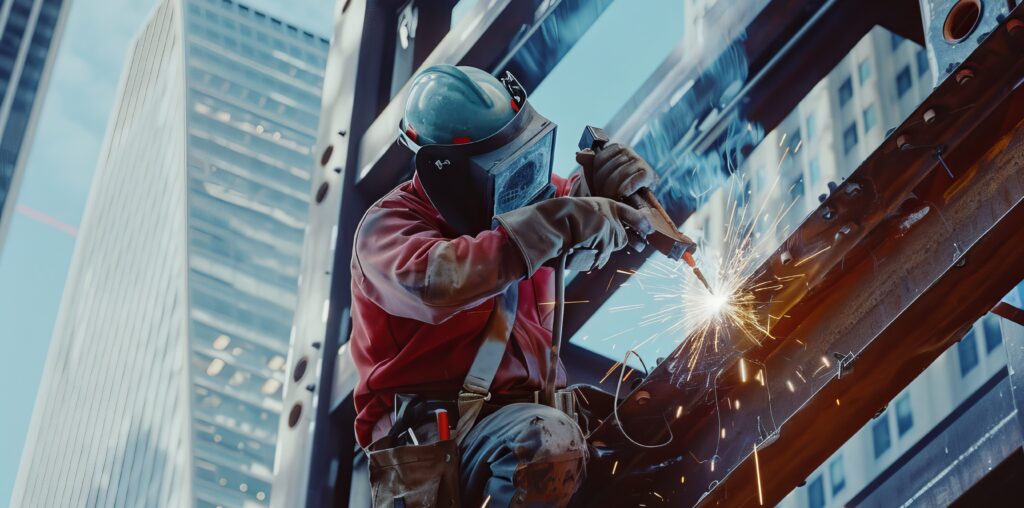Planning a steel construction building requires careful consideration of several critical factors to ensure efficiency, durability, and cost-effectiveness. From selecting the right materials to meeting regulatory requirements, every step plays a vital role in the success of your project. Here are the key factors to keep in mind:
1. Project Requirements and Design Specifications
Before construction begins, clearly define the building’s purpose, size, and structural requirements. Consider factors like load-bearing capacity, floor space, and architectural aesthetics to ensure the design meets your operational needs.
2. Material Selection and Quality
Choosing high-quality steel is essential for durability and longevity. Different steel grades offer varying strength levels, corrosion resistance, and flexibility. Working with a reliable steel supplier ensures you get materials that comply with industry standards.
3. Budget and Cost Management
Establishing a well-defined budget helps in planning material costs, labor, and construction expenses. Factor in long-term savings from steel’s durability and low maintenance, which can offset initial costs.
4. Compliance with Building Codes and Regulations
Ensure your project meets local and international construction codes. Compliance with safety, fire resistance, and zoning regulations prevents legal issues and ensures a secure structure. Consulting an expert can streamline the approval process.
5. Site Preparation and Environmental Considerations
Analyze the construction site for soil conditions, accessibility, and climate impact. Proper site preparation minimizes risks and ensures structural stability. Additionally, incorporating sustainable building practices, such as energy-efficient insulation, can enhance long-term performance.
6. Construction Timeline and Workforce Management
A well-planned timeline ensures timely project completion. Hiring experienced contractors and skilled workers familiar with steel fabrication and installation can prevent delays and cost overruns.
7. Future Expansion and Maintenance
Consider the potential for future modifications or expansions. Steel structures offer flexibility, making it easier to extend or repurpose the building. Regular inspections and maintenance help prolong the building’s lifespan and performance.
Conclusion
Planning a steel construction building requires careful attention to design, materials, compliance, and cost management. By focusing on these key factors, you can ensure a successful and efficient construction process that meets both functional and safety standards.


